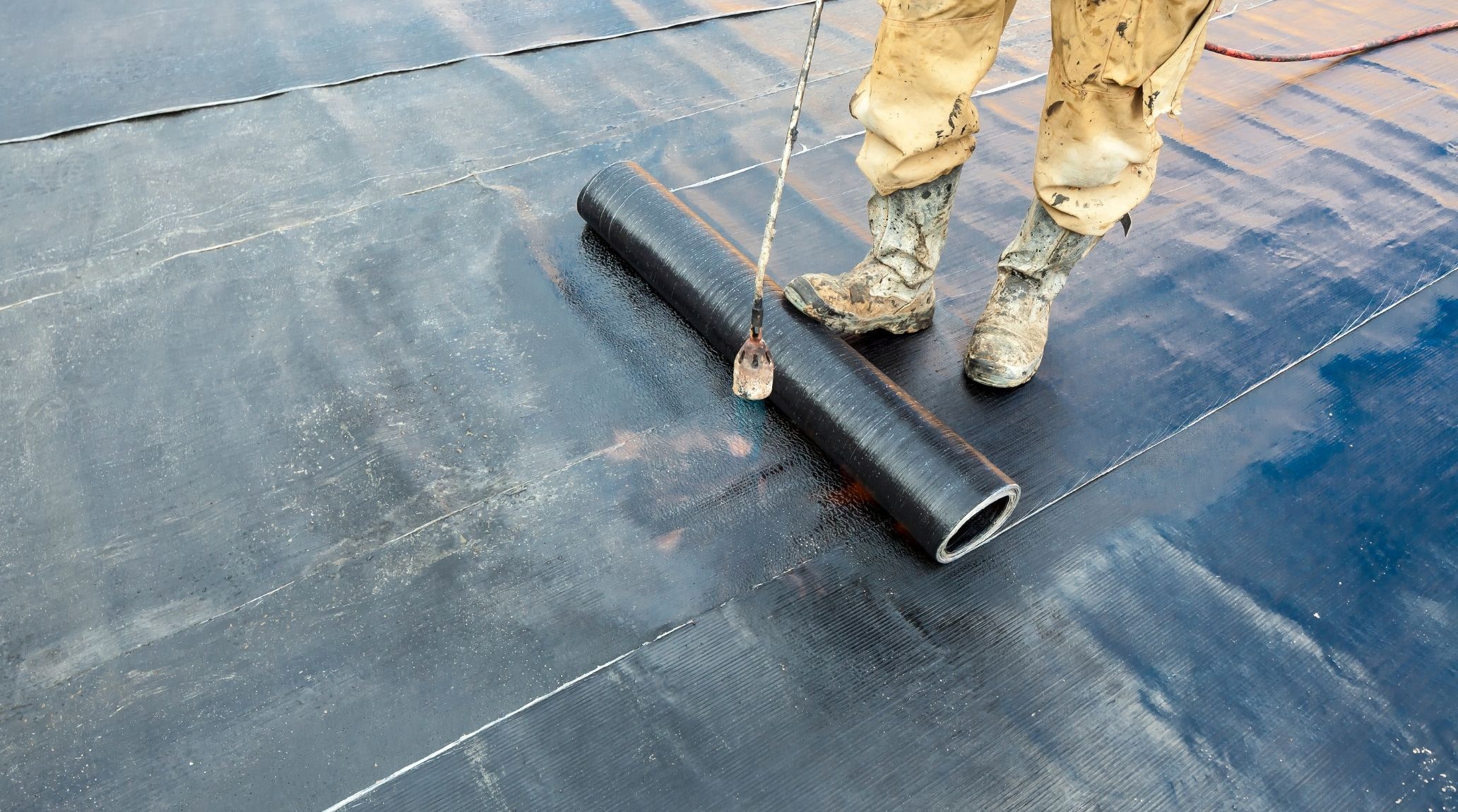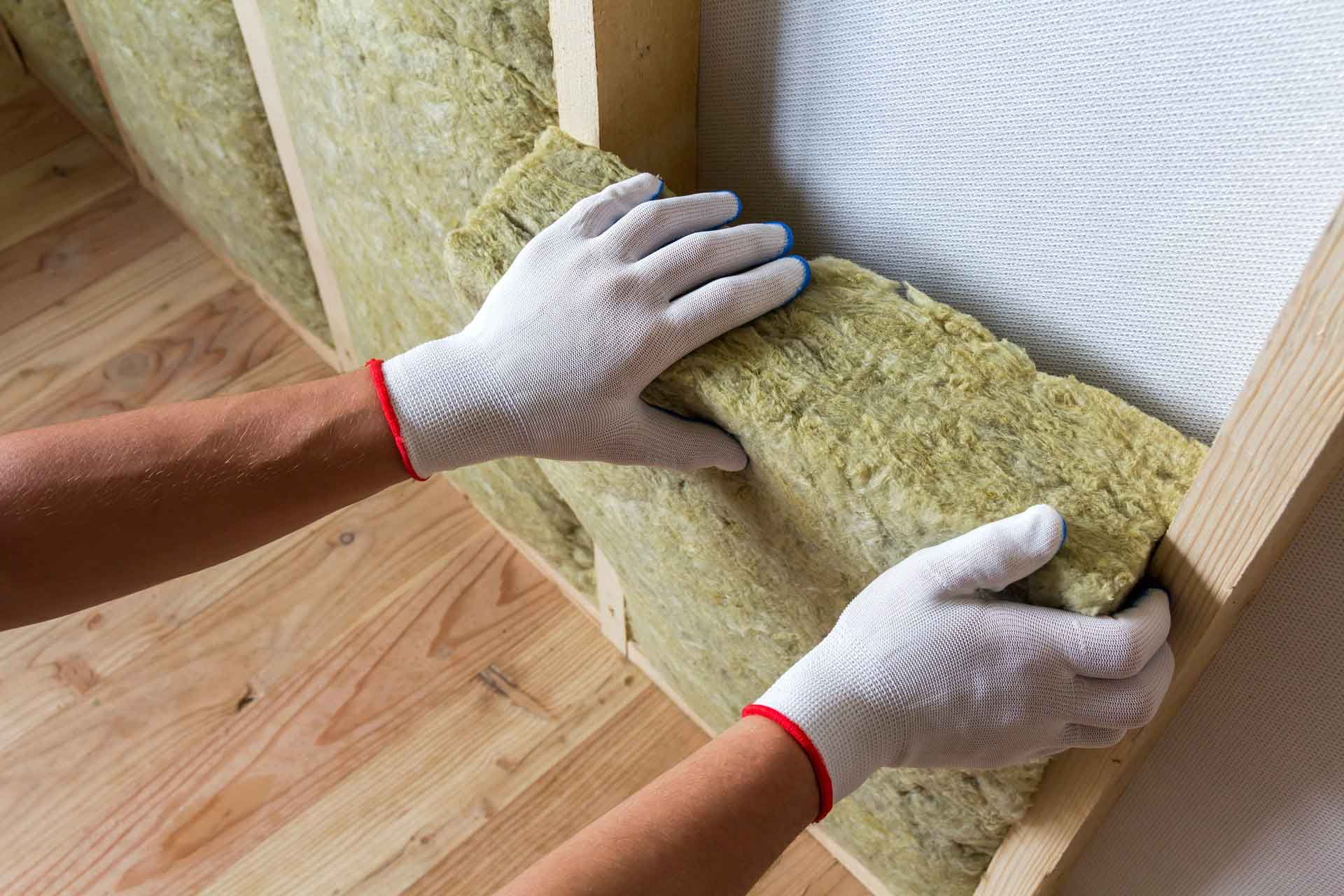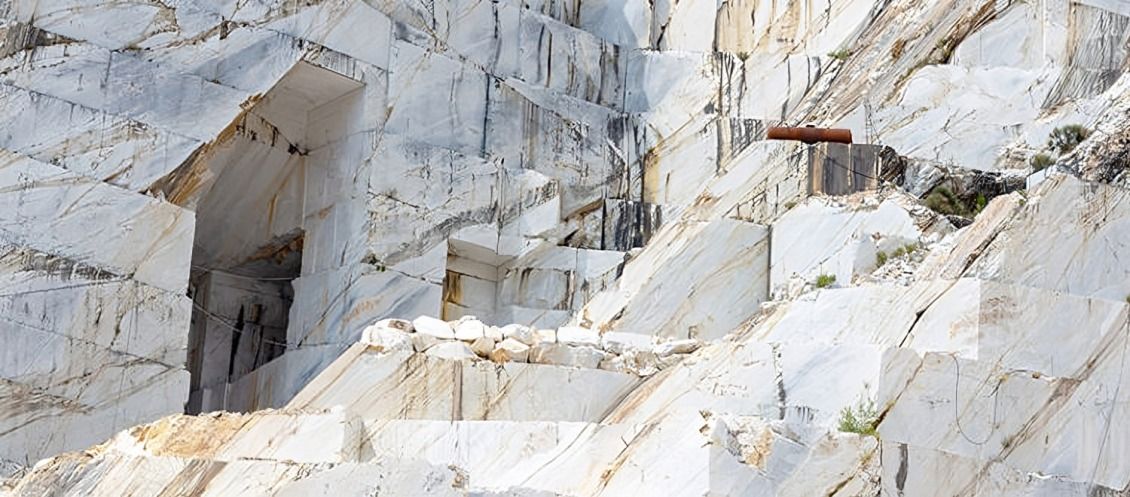
“
When it comes to construction, selecting the appropriate materials for insulation and finishing is crucial for enhancing the overall comfort, efficiency, and visual appeal of a building. Insulation materials play a vital role in regulating indoor temperatures, improving energy efficiency, and reducing noise. This blog delves into 20 essential insulation and finishing materials, offering detailed descriptions to help you make informed choices for your next construction or renovation project. 1
1
”
During the Middle Ages, people used rudimentary forms of insulation to combat the cold. Mud and straw were commonly stuffed into the walls of homes to provide some level of thermal protection. While it may not have been as effective as modern insulation materials. 1
Fibreglass insulation, composed of spun glass fibers, is available in batts or rolls. Its popularity stems from its impressive thermal resistance and soundproofing abilities, making it an ideal choice for insulating walls and attics. 2
Asbestos, originating in ancient times, was valued for its fire-resistant properties. Greeks and Romans wove asbestos fibers into cloth, while China used it for fire-resistant clothing. Despite later recognition as a carcinogen, asbestos remained widely used during the Industrial Revolution. 3
Rigid insulation panels, crafted from materials like polystyrene or polyisocyanurate foam, offer exceptional thermal resistance. These panels find widespread use in walls, floors, and ceilings, significantly enhancing energy efficiency. 4

Rock wool (mineral wool) insulation is made from volcanic rock or basalt. It’s valued for its fire resistance and soundproofing properties, making it a popular choice in commercial buildings. Additionally, its high R-value contributes to energy efficiency.
This expanding foam is sprayed into cavities and expands to fill gaps, offering superior thermal insulation and air sealing. It’s ideal for irregularly shaped spaces and high-performance applications. 5
Cellulose Insulation, Made from recycled paper, cellulose is blown into wall cavities and attics. It offers good thermal performance and is environmentally friendly, providing an effective barrier against heat loss.6
Reflective or Radiant Barrier Insulation, Consisting of a reflective surface like aluminum foil, this insulation reflects radiant heat away from living spaces, making it effective in reducing cooling costs in hot climates. 7
Polyisocyanurate (Polyiso) Insulation, A high-performance foam board with a high R-value per inch, polyiso insulation is used in both residential and commercial applications for its superior thermal resistance and moisture control. 8
Expanded Polystyrene (EPS) Insulation, EPS foam boards are lightweight and moisture-resistant, making them suitable for use in walls, roofs, and foundations. They offer good thermal performance and are cost-effective. 9
Extruded Polystyrene (XPS) Insulation, With a closed-cell structure, XPS foam boards provide high moisture resistance and thermal insulation. They are often used in below-grade applications and in areas prone to moisture exposure. 10
Cotton (Denim) Insulation is an eco-friendly option made from recycled cotton or denim fabric. It provides good thermal and acoustic properties, making it suitable for insulation purposes. Additionally, it’s easy to handle and install, offering a sustainable alternative to traditional materials. 11
Drywall (Gypsum Board), Used for interior walls and ceilings, drywall provides a smooth surface that can be painted or wallpapered. It’s a standard choice due to its ease of installation and finishing.12

Marble is formed from limestone that has undergone metamorphism due to heat and pressure. Its crystalline structure gives it a distinctive appearance, and it has been prized for centuries for its beauty and durability.
Paint is applied to walls, ceilings, and other surfaces to enhance appearance and provide protection. Available in various finishes such as matte, satin, and gloss, it can transform a space with color and texture. 13
Ceramic tiles are made from clay, which is fired at high temperatures to create a hard, durable surface. They are resistant to water, stains, and scratches, making them ideal for kitchens, bathrooms, and other high-traffic areas. 14
Granite is an igneous rock composed mainly of quartz, feldspar, and mica. Its natural variations in color and veining create unique and visually appealing surfaces. Additionally, granite’s heat resistance makes it suitable for kitchen countertops where hot pots and pans are placed. 15
An affordable alternative to wood or stone, laminate flooring mimics the look of natural materials. It’s easy to install and maintain, making it suitable for various residential and commercial applications. 16
Solid wood planks, often made from hardwood species like oak, maple, or cherry, offer timeless elegance and resilience. Their warm tones and unique grain patterns create inviting interiors. Additionally, hardwood floors can be sanded and refinished to maintain their luster over time. 17
Vinyl flooring is a versatile and affordable option available in sheets, tiles, or planks. It mimics natural materials like wood or stone and is water-resistant, making it suitable for kitchens and bathrooms. 18


